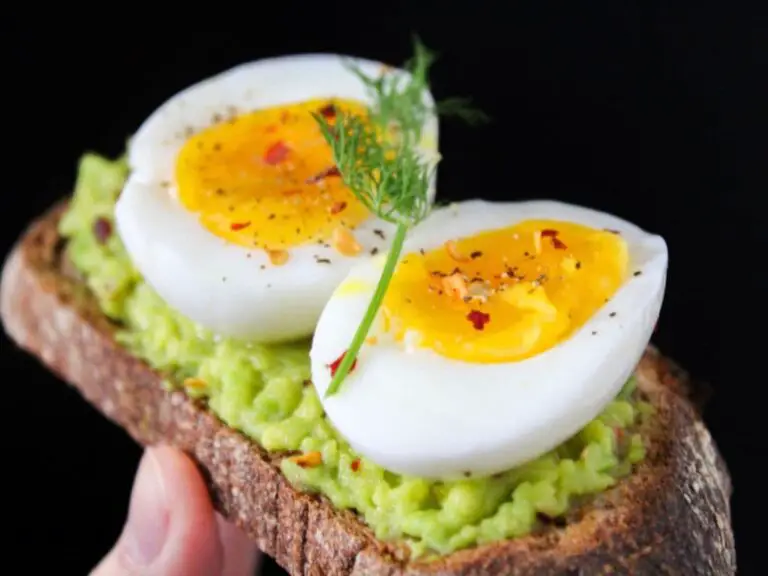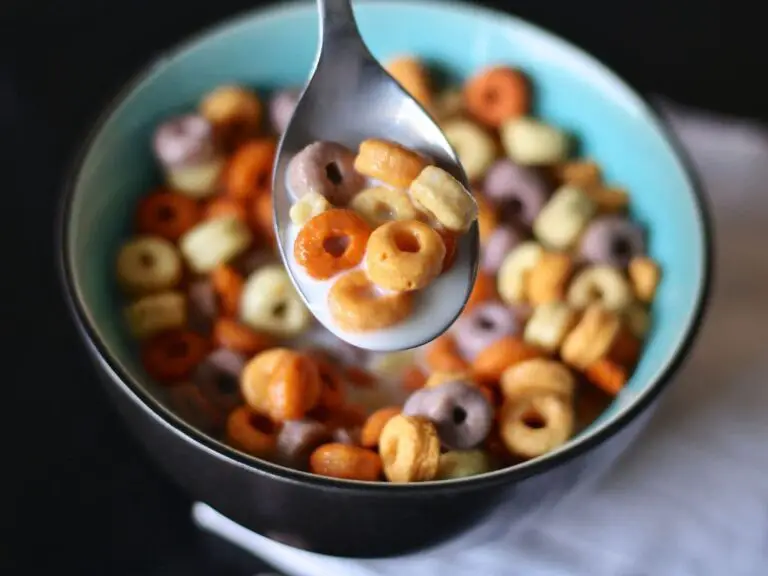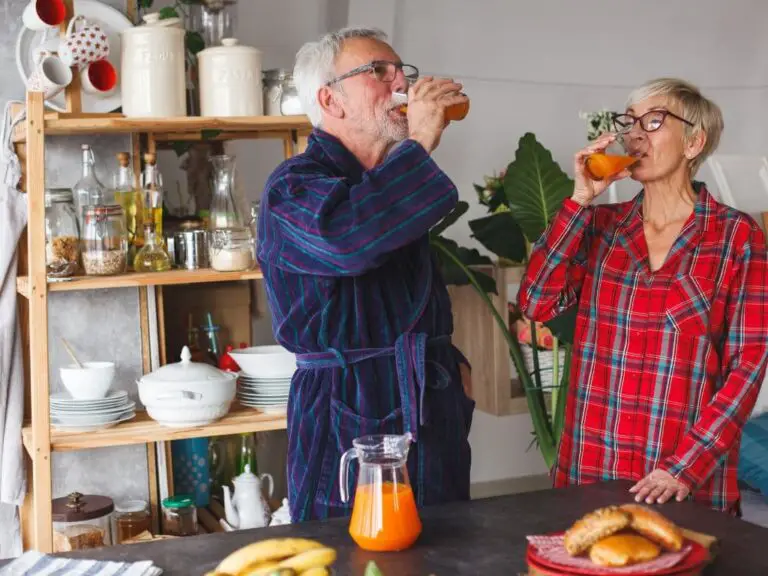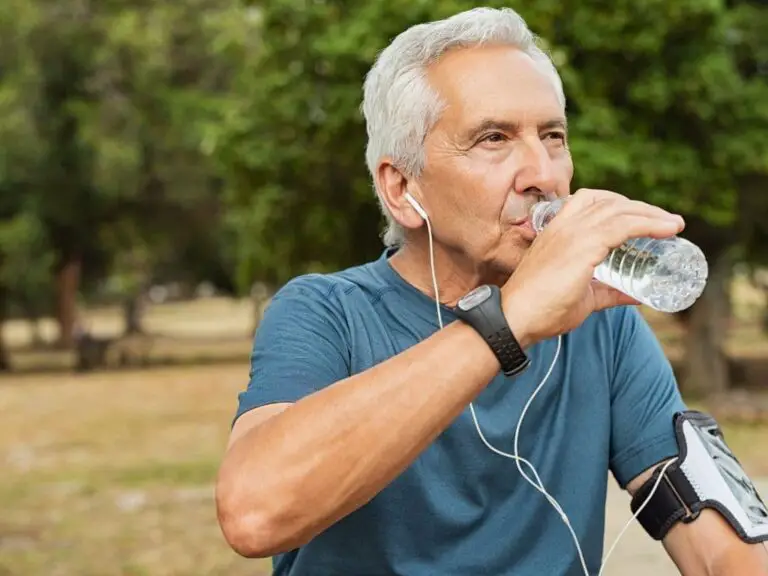Can I Eat Bananas on Keto?
The ketogenic (keto) diet is a very low-carb, high-fat diet that shares many similarities with the Atkins and low-carb diets. It involves drastically reducing carbohydrate intake and replacing it with fat. This reduction in carbs puts your body into a metabolic state called ketosis. When this happens, your body becomes incredibly efficient at burning fat for energy. It also turns fat into ketones in the liver, which can supply energy for the brain.
On a keto diet, you typically restrict your carb intake to under 50 grams per day. This is the amount of carbs found in about 2-3 bananas.
So can you eat bananas on keto? Yes, you can technically eat bananas while following a ketogenic diet. However, bananas are high in carbohydrates, with a medium-sized banana containing around 27 grams of carbs. Eating a banana could make it difficult to remain within the daily carb limit for a ketogenic diet and potentially disrupt the state of ketosis.

How Many Carbs Are in a Banana and How Does It Affect the Ketogenic Diet?
Bananas are high in carbs and sugar compared to other fruits. A medium-sized banana contains about 27 grams of carbs, made up of sugar and starch. This accounts for nearly 1/4 of the daily carb allowance on keto.
Eating a whole banana would almost certainly knock you out of ketosis, the fat burning metabolic state that powers keto diets. Your body can only store a small amount of carbs as glycogen before your liver starts turning the excess carbs into fat via de novo lipogenesis.
So while you can technically eat bananas on keto if they fit your macros, it’s best to avoid them especially in the initial rapid weight loss phase. Bananas are high glycemic and may trigger hunger and cravings.
What Is the Glycemic Index of a Banana and Its Glycemic Impact?
The glycemic index (GI) measures how quickly foods raise blood sugar levels. Bananas have a GI of 51, which is considered a medium GI food. Ripe bananas cause more of a blood sugar spike than unripe ones.
Eating high GI foods like bananas causes your blood sugar and insulin to rise rapidly, then crash shortly after. This leads to hunger and carbohydrate cravings. On keto, the goal is to keep blood sugar and insulin at stable, low levels.
What Are the Health Benefits of Bananas and Their Macronutrients and Micronutrients?
Despite their high carb content, bananas are incredibly healthy and nutritious. Here are some of the main health benefits:
- High in potassium – one banana provides 12% of your daily needs. Potassium helps reduce blood pressure.
- Good source of vitamin B6 – plays a vital role in metabolism and red blood cell production.
- Contains moderate amounts of vitamin C, manganese and copper.
- High in fiber – one banana has around 3 grams. Fiber slows digestion and promotes gut health.
- Provide carbs for energy in the form of glucose, sucrose and starch. The resistant starch in bananas may support gut bacteria.
- Contain antioxidants like dopamine and catechin, which may reduce oxidative damage from free radicals.
How Do Bananas Affect Satiety, Weight Management, and Energy Levels?
Despite being high in carbs and sugar, bananas are one of the most satiatingfruits. This means they make you feel full.
In one study, bananas had a similar effect on satiety as wheat bread, reducing appetite and subsequent calorie intake at meals (1).
The fiber, resistant starch and potassium in bananas may contribute to their filling effects. This may aid short-term weight loss but due to their carb content, bananas are likely counterproductive for keto weight loss.
Also, the glucose from bananas provides quick energy. Athletes often rely on the fast-acting carbs in bananas as fuel for exercise. But on keto, your body shifts to burning fat rather than carbs for energy.
What Are Some Low Carb Banana Alternatives and Keto-Friendly Foods?
If you’re craving the sweetness of bananas but want to stick to keto, these low-carb substitutes have a similar flavor and texture:
- Berries like raspberries and blackberries – be mindful of portions as carbs can add up.
- Keto ice cream – many flavors mimic banana. Watch added sugars.
- Chia pudding – mix chia seeds with coconut or almond milk. Sweeten with stevia.
- Nut butters – peanut butter and almond butter satisfy sweet cravings.
- Low-carb smoothies – blend spinach or kale with nut butter and a dash of cinnamon.
- Cloud bread – makes a good bread substitute and pairs well with nut butter.
Some other keto-friendly foods to consider:
- Non-starchy veggies like leafy greens, broccoli, cauliflower, peppers.
- Nuts and seeds like almonds, walnuts and pumpkin seeds.
- Grass-fed meats, fish, eggs and high-fat dairy.
- Oils like olive oil, avocado oil and coconut oil.
- Berries, chia seeds, flaxseeds and small amounts of fruits like tomatoes and cucumber.
What Are Some Keto-Friendly Snacks and Desserts That I Can Make with Bananas?
If you really want to incorporate bananas into keto, there are some recipes that use just small amounts of banana to provide flavor:
- Banana nut muffins – use almond or coconut flour and add nuts and cinnamon.
- Chocolate banana chia pudding – cacao powder provides chocolate flavor.
- Frozen banana bites – peel and freeze banana chunks for a cold treat.
- Banana protein smoothie – add collagen powder and nut butter.
- Low-carb banana bread – swap flour for almond flour and add walnuts.
- Banana ice cream – blend frozen bananas with heavy cream and vanilla.
However, it’s best to avoid bananas especially in the initial rapid weight loss phase of keto.
How Can I Maintain High Performance and Stay in Ketosis While Eating Bananas?
For some high-performing athletes, the carbs in bananas may help sustain intense exercise. But for most people on keto, bananas are counterproductive if the goal is rapid weight loss.
Strategically consuming banana carbs 30-60 minutes pre-workout may provide an energy boost without kicking you out of ketosis. But trace ketones would likely show up in urine soon after eating a whole banana.
Exercising in a fasted state, while adapted to keto, can help burn fat without relying on banana carbs. Post-workout MCT oil and protein help maintain blood sugar.
What Are Some Tips for Choosing Keto-Friendly Fruits and Managing Carb Content?
If you want to incorporate some fruits into keto, these tips can help:
- Focus on low-sugar, low glycemic fruits like berries, grapefruit, tomatoes and avocados.
- Limit fruits to 1⁄2 cup serving sizes and avoid going over 20g net carbs per day.
- Pair fruits with protein, fat or vegetables to help manage blood sugar response.
- Maximize nutrient density by choosing organic, in-season fruits.
- Monitor urine ketones and watch for weight loss plateaus as a sign you may need to reduce fruit intake.
- Consider intermittent fasting and exercising in a fasted state to allow room for some fruit carbs.
The bottom line is you can eat bananas on keto but they may slow down weight loss. Focus on low-carb fruits like berries in moderation, along with non-starchy veggies, quality proteins and healthy fats. This provides the most nutrients to fuel your body in ketosis.
Frequently Asked Questions
-
Does caffeine affect ketosis?
To ensure they are following a low-carb diet, low-carb dieters use ketone testing strips. Although there is limited evidence, it has been suggested that caffeine might affect glucose metabolism and ketosis.
-
What is the normal blood sugar level for a 70 year old?
The normal range for blood sugar is between 70 to 130 mg/dL prior to eating. According to the American Diabetes Association, seniors should have blood sugar levels less than 180 mg/dL within two hours of eating. Seniors have different care requirements, so they may not all require the exact same kind of home care.
-
What does keto body odor smell like?
Reddit users described it as a smell of bacon, while others said their “new stench” smells more like fat. This side effect is quite common, and people affectionately call it “keto breath”.
-
Can I eat bananas on keto?
There are some issues with certain fruits when you follow the keto diet, despite the numerous health benefits. For example, bananas and grapes contain lots of carbohydrates. A cup of grapes contains approximately 26g and a medium banana has 24g. These fruits are best avoided.
-
Is the ketogenic diet safe for the elderly?
The keto diet may be a good option for people over 50. It can help you lose weight, manage your blood sugar and protect you from heart disease. This diet has its risks. Before you try any other, make sure to consult your doctor.
-
Do you poop less on keto?
People poop less when on the keto diet, as there is less fibrous waste for them to eliminate. How often should you poop on keto? A good goal is to poo once per day. You should have bowel movements that are as smooth or easier than those on the previous diet.
-
What time should I stop eating on keto?
Is it important to eat your meals at the right time on a Keto Diet. It doesn’t really matter. You don’t have to worry about what you eat as long as your calorie count is within your goal range.
-
Why can’t a 60 year old woman lose weight?
Dr. Huizenga says that it is impossible to lose muscle mass, organ tissue or bone mass at advanced age. As you age, it is crucial to lift weights as muscle loss can occur every year. It can affect your metabolism, and help you lose body fat.
-
Does keto make you poop?
The gut microbiome may be affected by Keto. Keto may cause diarrhea and loose stool due to poor digestion if your body isn’t used to eating fats.
-
What is the simplest keto diet?
The ketogenic diet must contain 6080% of fat and 1030% protein. There should be no more than 510% to 2050 grams of carbohydrates per day. High-fat, low-carb foods such as eggs, milk, and low-carb vegetables should be your main focus. Limit trans fats and highly processed foods.
-
Are sweet potatoes keto?
Because sweet potatoes are naturally high carbohydrate, they’re often excluded from diets that focus on ketosis.
-
Can you eat salad on keto?
Salads are a great way to get more protein while adhering to the ketogenic diet. These keto-friendly salads can be used as a side dish, main meal, or for dinner. Are you looking for keto-friendly desserts ideas? You have come to the right place!
-
How much water should I drink on keto?
What is the recommended amount of water you should drink on Keto? According to the Institute of Medicine, adults should drink between 91 and 175 fluid ounces of liquid per day. Ketogenic dietters will need to consume more water due to the increased fluid excretion from low-carb eating.
-
Can a 60 year old do Keto?
After 60, both men and women are eligible to start keto. The keto diet is a high-fat, low-carb, moderate protein plan that triggers weight loss due to limited carbohydrate intake. Before you begin this diet, it is important to seek professional advice.
-
Can I eat potatoes on keto?
Starchy vegetables are more easily digestible carbs than fiber, so they should be restricted on the ketogenic diet. This includes sweet potatoes, corn and beets.






